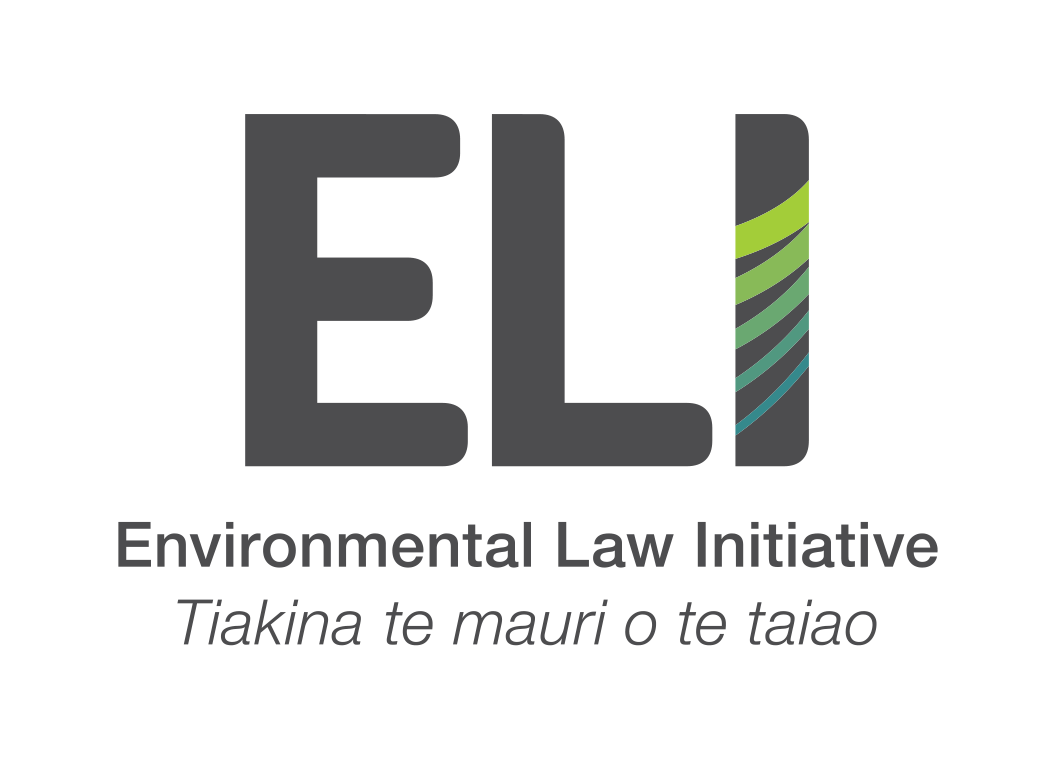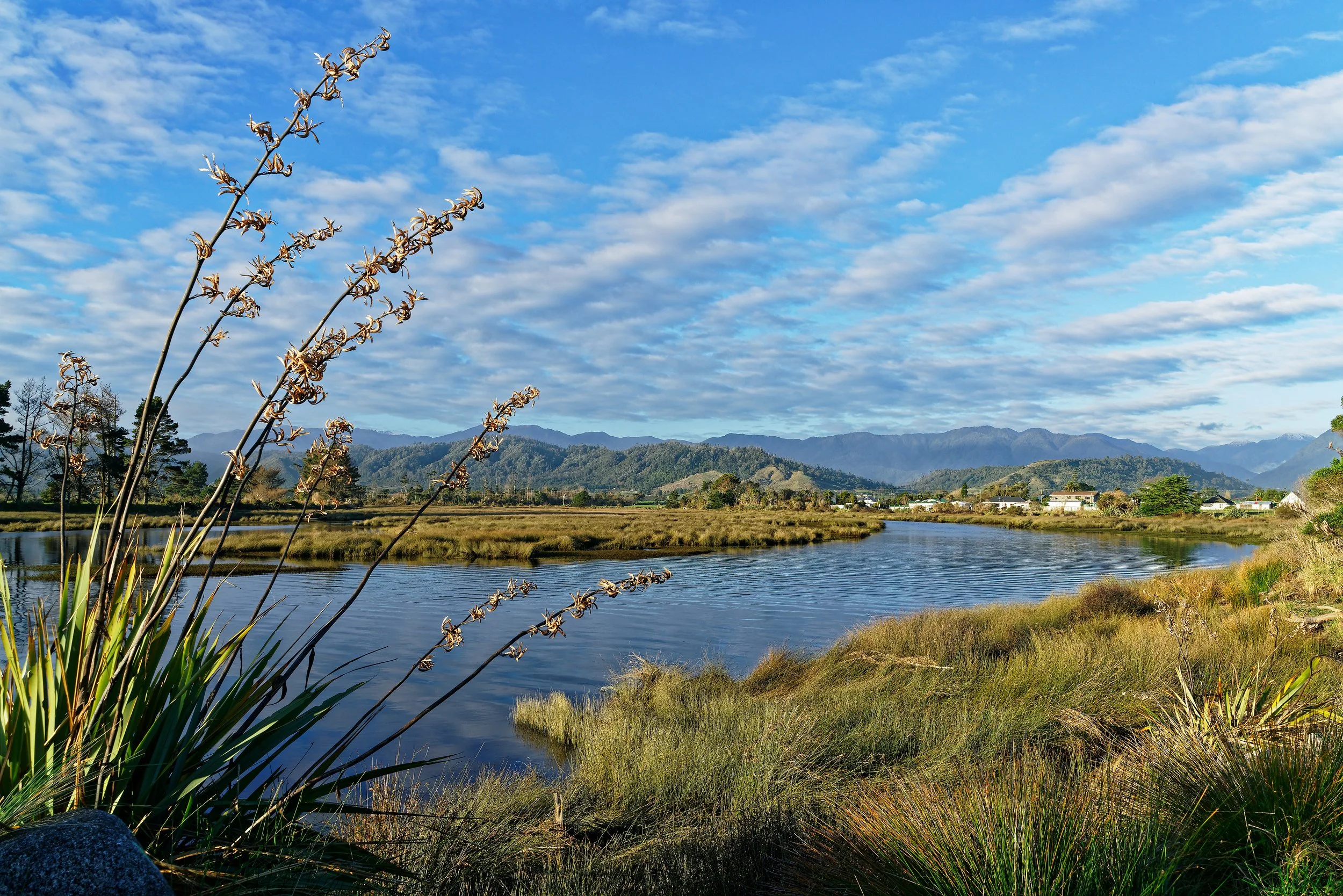Holding Environment Southland accountable on wetland loss
ELI v Environment Southland
We challenged Environment Southland in the High Court for its failure to take action on wetland destruction, and we won.
In February 2025, we won a High Court case challenging Environment Southland for its failures to monitor and take action to protect wetlands. Justice Harland’s ruling makes it clear that Councils need to have in place the resources to monitor and take action to protect wetlands.
Less than 10% of original wetlands in Aotearoa remain. Wetlands provide flood protection, habitat for important biodiversity, and store large amounts of carbon.
Half of the total loss of wetlands between 1996 and 2018 was in Southland, with 2709 hectares lost. Most were from lowlands near or adjacent to the internationally significant Awarua-Waituna wetland.
Wetlands are legally protected under the RMA, and by Environment Southland’s own plan but this was not leading to protection on the ground. That’s why we took Environment Southland to the High Court.
What does this win mean?
The declarations issued by the judge are a strong legal precedent, reinforcing the requirement for councils to take effective steps to protect wetlands.
Justice Harland said “I have found the Council failed to exercise its discretion in a way that promoted the RMA’s purpose and objectives, and derogated from its statutory duties.”
Wetland experts in the case pointed to a lack of monitoring and enforcement by councils in many parts of the country as “the weak link in the regulatory chain of wetland protection”.
While many councils have undertaken a range of activities regarding wetlands, this decision shows that under the law, they must be able to demonstrate they are effectively monitoring wetlands and taking action where necessary to prevent losses.
What happens next?
Wetland losses to pasture are continuing at a huge scale in proportion to the small amount left. We must do everything we can to hold onto our remaining wetlands.
We will continue to review the actions of councils, including Environment Southland for their compliance with their legal obligations for wetlands.
This may include further legal action, because as Justice Harland said “While it is true the Council has a wide discretion in how it performs its statutory duties, they must still be performed. When the Council does not perform its statutory duties, this Court is required to step in.”
Case timeline
April 2023 - ELI filed for judicial review
30th Sep - 2nd Oct 2024 - Case heard in the Christchurch High Court
February 2025 — High Court judgement announced. ELI wins case.
-
Wetlands play a vital role in New Zealand’s environment, serving as natural infrastructure for flood control, carbon storage, and protecting against coastal inundation. Wetlands are also biodiversity hotspots, home to a range of unique species. Sadly, in New Zealand, a staggering 90% of its original wetlands have been lost due to drainage and conversion for agricultural purposes.
The extent and pace of wetland loss in Southland is extraordinary. A staggering 2709 hectares of wetlands was lost in Southland between 1996 and 2018 - half of the total loss of wetlands in Aotearoa.
By holding governing bodies such as Environment Southland accountable for their enforcement of existing laws, we can support the long-term survival and sustainability of wetlands in Aotearoa.
-
To effectively protect wetlands, ELI wants Environment Southland to monitor to detect wetland loss when it is occurring. When possible wetland loss is detected, it should be able to intervene swiftly. Such monitoring should be the basis for improvements to the council’s rules around wetlands.
Since at least 2010, Environment Southland has had rules in place to shield natural wetlands from land drainage, requiring resource consent to do so. Yet, of 61 wetland losses investigated in Southland in a 2020 report, none were associated with a resource consent.
ELI says Environment Southland has failed to act on documented losses, evaluate the efficacy of existing regulations, or conduct ongoing monitoring of wetlands so that losses can be detected in time to act.
The High Court made the following declarations:(a) the Council has failed to comply with s 35(2)(b) of the RMA with respect to the proposed and operative plans;
(b) the Council has failed to comply with s 35(2A) of the RMA with respect to the proposed and operative plans;
(c) section 35(2)(b) requires a local authority to monitor the effectiveness and efficiency of policies, rules, or other methods in any operative or partly operative plan to the extent it is operative;
(d) the Council has failed to monitor the state of the environment as regards wetlands and wetland drainage as required by s 35(2)(a) since 2018; and
(e) the Council has failed to take appropriate action where this is shown to be necessary as required by s 35(2).
-
Loss of wetlands since 1990 in Southland, New Zealand - Robertson et al. New Zealand Journal of Ecology, vo. 42, no.1, 2019
Environment Southland Wetland Inventory Project: Monitoring wetland extent on non-public conservation land in the Southland region - Interim report for 2016, Richard Ewans
The Root Causes of Wetland Loss in New Zealand: an Analysis of Public Policies & Processes - the National Wetland Trust, 2020





